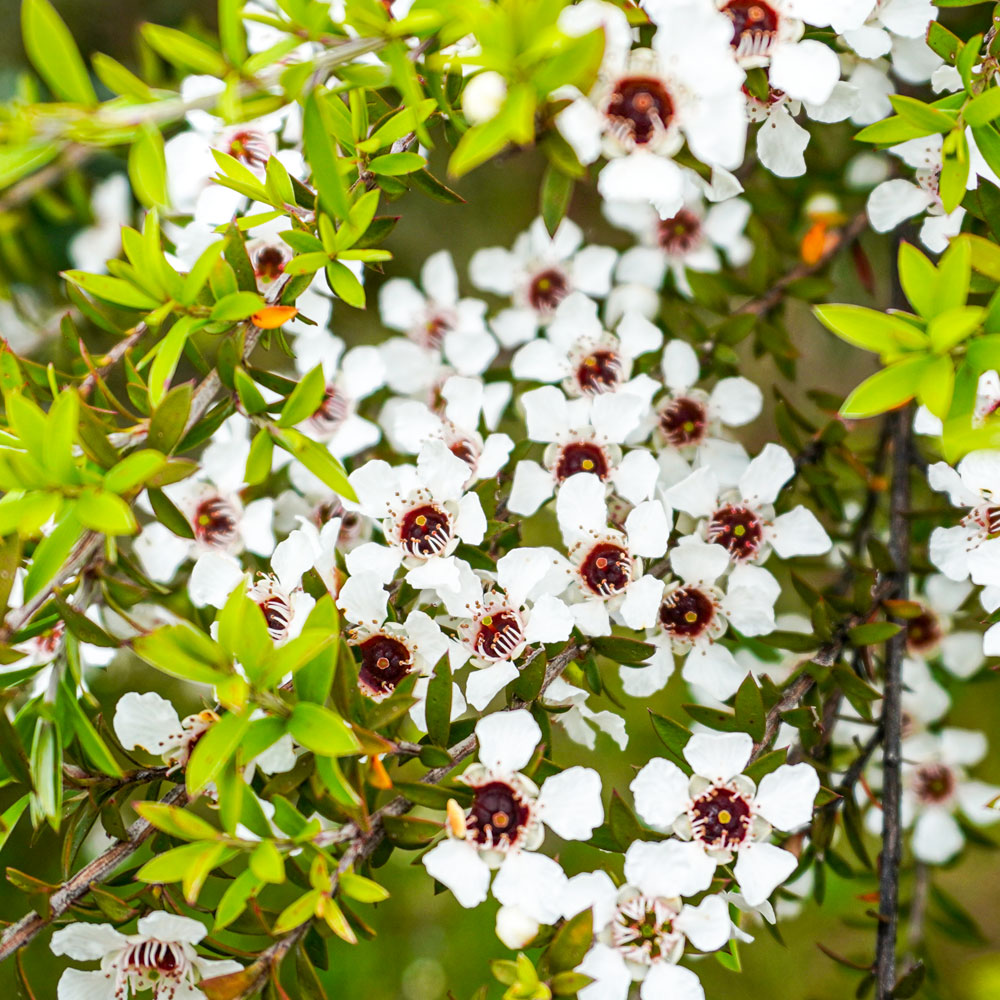THE Difference between UMF and MGO?
When it comes to buying manuka honey, it’s important to not just look at the price tag, but to also pay attention to the UMF and MGO grades. These grades are an indication of the honey’s potency and quality, and can make all the difference in the effectiveness of the product.
Unfortunately, there is a common misconception among consumers that the MGO (methylglyoxal) and UMF (Unique Manuka Factor) are the same thing, when in fact they are not. The MGO is a measurement of the amount of methylglyoxal present in honey, which is one of the compounds responsible for its antibacterial properties. However, the UMF is a quality trademark that measures the levels of different antibacterial compounds in the honey, including MGO, as well as other compounds such as DHA, HMF and leptosperin, which together provide a more accurate assessment of the honey’s antibacterial properties.
Here at Koha, we understand the importance of providing our customers with only the most potent and effective products. That’s why we make sure that our manuka honey is of the highest quality, with UMF grades ranging from 10+ to 20+. We are committed to providing our customers with a potent, effective, and safe product.
Additionally, our partners source our manuka honey directly from the hives, in New Zealand where it’s grown, and make sure that it is unpasteurized and pure, just as nature intended. We believe that purchasing manuka honey with a UMF grade of 10+ or higher is the most reliable indicator of product potency, as it reflects a composite of several key active compounds found in manuka honey.
When looking to buy manuka honey, we highly recommend that you pay attention to the UMF and MGO grades, as well as the source, to ensure that you are getting the best quality product. At Koha, we strive to provide our customers with high-quality manuka honey that truly makes a difference in their health and well-being.
When shopping for manuka honey, it’s also important to be aware of imitation products that have been blended with other types of honey. These products may not have the same potency or effectiveness as pure, high-grade manuka honey. Be sure to look for certifications, such as the UMF grading, to ensure that you are getting a high-quality, authentic product.
Another way to ensure the quality and effectiveness of the manuka honey you’re buying is to purchase from a reputable supplier. Look for a supplier that has a track record of providing high-quality, authentic manuka honey and is willing to answer any questions you may have about their product. We pride ourselves in providing transparent information about our products and educating our customers on the importance of manuka honey and its benefits.
It’s also important to consider how you will use the manuka honey. Manuka honey can be used in a variety of ways, such as consuming it, using it as a topical treatment, or incorporating it into your skincare routine.
In conclusion, manuka honey is a unique and powerful natural remedy with many health benefits. When shopping for manuka honey, it’s important to pay attention to the UMF and MGO grades, as well as the source, to ensure that you are getting a high-quality, authentic product. At Koha, we are committed to providing our customers with only the best, purest and potent manuka honey from New Zealand.
DEFINITIONS
UMF
Unique manuka factor. Certain markers that naturally occur in manuka honey are measured with this grading system. These include MGO, DHA, HMF, and Leptosperin.
MGO
Methylglyocyl is the bioactive compound in manuka honey that is attributed to antimicrobial and therapeutic properties
DHA
Dihydroxyacetone is the precursor compound for MGO. Overtime, this compound will convert into MGO. Honey containing higher amounts of DHA will have a longer lasting shelf life, in terms of antimicrobial activity.
HMF
Hydroxymethylfurfural is a compound that is used to indicate heat and storage changes of honey. Meausring HMF levels tells us what condition the manuka honey is in. Whether it has been over heated in extraction/transport or stored for too long. High amounts of HMF in product can be toxic to humans as well as bees! Effects such as cytotoxicity, mutagenicity, carcinogenicity can result from consumption.
Leptosperin
Compound that is specific to manuka flower nectar. Measured as proof of authenticity for manuka honey.

